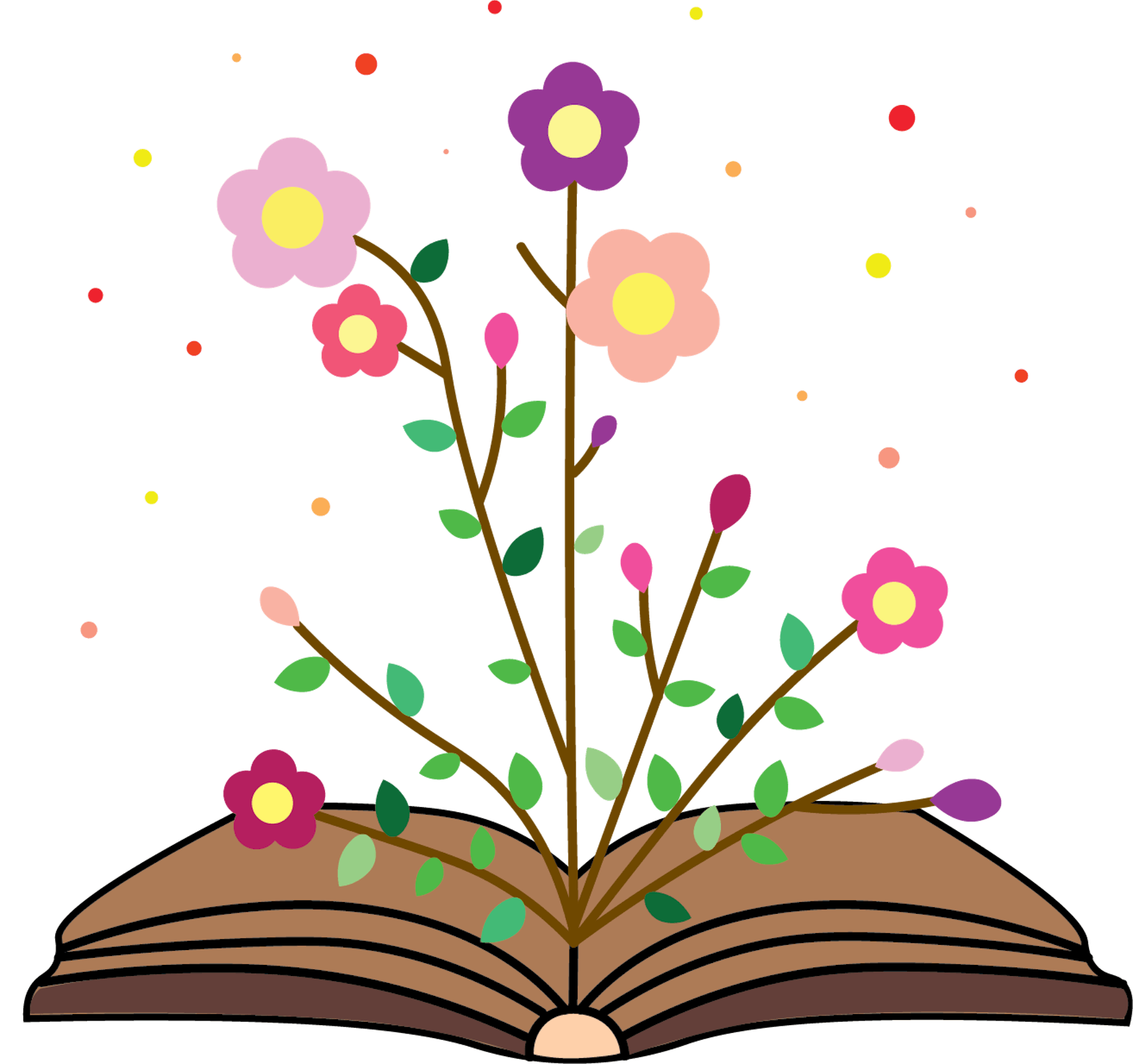Are books really better: Rethinking the standard
As a child, my mother instilled in me a love of reading, as well as its importance. I had consistently been captivated by stories that kept me on the edge of my seat in anticipation of the plot. With time, I also developed an appreciation for cinematography, and I too wanted the ability to give life to those stories for which I only had my imagination.
There is no doubt that every story is unique, and that comes with a challenge — to fulfill the obligations and duties of the original writer, while also adding something that sets the film apart from the crowd. Classic stories, such as E.B. White’s “Charlotte’s Web” or “Stuart Little” only require a little reimagination. Though the stories are being seen in a new medium, directors are able to recreate or modernize a story with little to no changes to the plot or characters.
And in my opinion, this works. I loved the animation take on “Trumpeter of The Swan” as well as the realism for “Stuart Little,” and while the characters are mostly animals in “Charlotte’s Web,” the casting was great. Yet in my youth, I didn’t have the depth of analysis and critique to evaluate certain cinematic choices in depth.
Recently when watching one of my favorite movies of all time “A Wrinkle in Time” (2018), I recognized the importance of challenging rigid structures or ideas of a particular story or character.
Nearly 70 years after Madeline L’Engle published her classic novel “A Wrinkle in Time” with her own set of ideas about the characters, Ava DuVernay beautifully recreated this masterpiece on film with a modern twist, adding what previous films may have lacked: a little more imagination and diversity. Due to the fact that the film is not an exact replica of the book, this emphasizes the message that Madeleine L’Engle stressed about embracing our individuality and differences. When pondering this thought more, I considered other films adapted from books and I immediately thought of “Hidden Figures.”
I remember being in my AP Language & Composition Class and scouring a very very long list of books one could write their research paper on, and I found the needle in a haystack. I did not even realize “Hidden Figures” was a book, as I had only seen the 2016 film with triple encore performances of Taraji P Henson, Janelle Monae, and Octavia Spencer. I was amazed when I watched the film to learn of the true story of these three Black women and so many others who worked behind the scenes of NASA. But when I began reading “Hidden Figures” by Margot Shetterly, I was surprised to find that the movie was quite different from the book.
The book was, after all, a work of nonfiction that reminded me of my AP U.S. History textbook, with heavy historical contextualization and less narration of specific women’s lives. Shetterly brilliantly weaves the narratives of many Black young women who worked at NASA with the surrounding history from World War II to 1969. It is almost impossible to compare the film with the literature.
When producing films based on a true story, it is imperative to remain true to the facts, yet with fiction, there is no limit to the changes that can be made. What is interesting is watching a memoir unfold on screen. It was not until 2017 that the New York Times Bestseller “The Glass Castle” written by Jeanette Walls became a film.
This memoir is a glimpse into the life of Jeanette with her dysfunctional and nomadic, yet vibrant, upbringing that shaped her identity.
Walls begins her memoir with a scene from adulthood when she is looking out the window of a New York City cab to see her homeless mother rummaging through a dumpster. She later invites her mother to lunch and after a conversation, her narration sets her life at 3 years old and continues linearly towards her life now.
The film presents Walls story first beginning with a life-changing and quite dramatic moment from childhood then as that of a young woman coming to terms with her childhood which is seen in flashbacks that alternate throughout the film. Through each lens, one can be equally captivated by Walls’ story and her resilience as well as her love for her family despite the brokenness she endured through.
When reflecting on these and so many other stories, I realized that while books might be better, sometimes films actually allow the audience to reimagine a story that shatters expectations of what the story looks like.



Please note All comments are eligible for publication in The Justice.